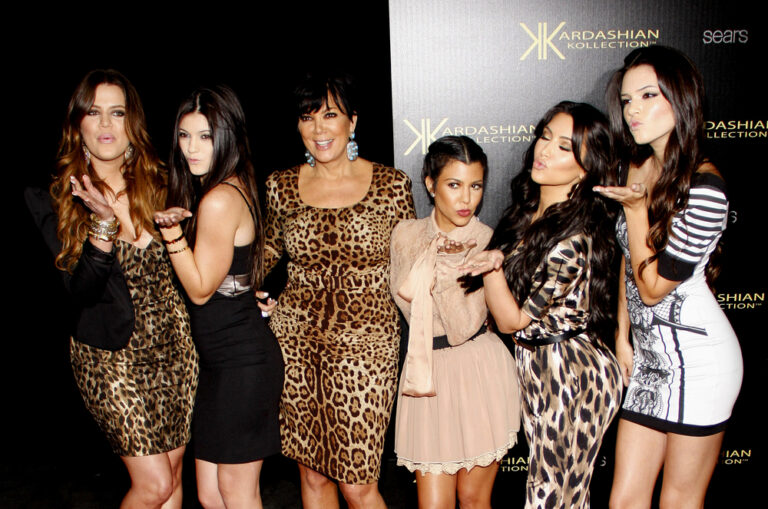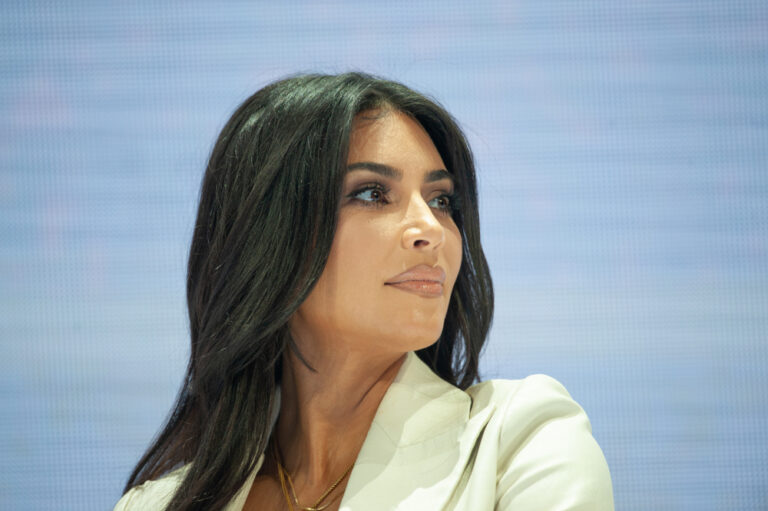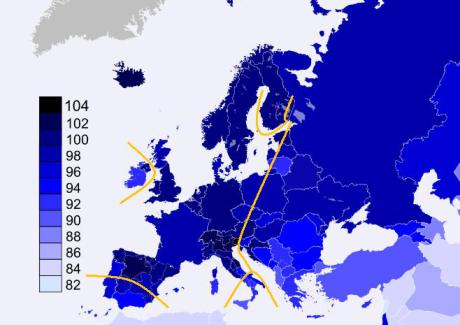
fciwomenswrestling.com article, Wikimedia photo
It’s a name as old as Europe with symbolic Tale of Two Cities implications along with a Tale of Two European worlds; divided by East and West.
True to her name, DWW’s Hajnal had a way of drawing the line in the sand on the famous blue Danube mats, which is fitting, given the meaning and significance of her name.
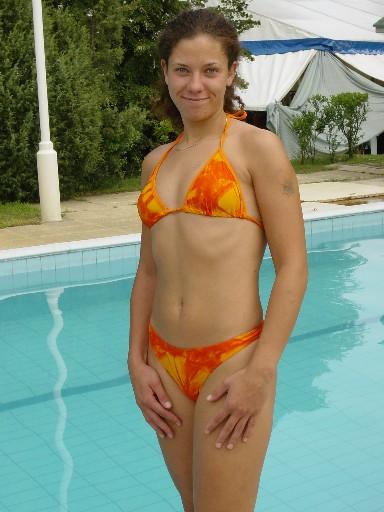
Her resume would get immediate attention on any electronic wrestling job board.
She challenged and was met by Bea S. Timea C, Kati K, Antscha, Viktoria M, Karine, Reni, Luzia, Dani, Jana N, Edita, Anna L and Laila to name a few.

Like all great DWW soldiers, she had her moments of lore and signature matches. Here are two reviews.
“We filmed gorgeous, superbly toned German Karine as she challenged Hajnal from “DWW Team 2”. This very evenly matched fight became very emotional, especially as muscular Hajnal was defending her home territory in front of her friends. Each gave their all in this electrifying international – you won’t care who wins, such is the quality and dedication on display.”
Anytime that you have the courage to take on Germany’s passionate, often emotional and resourceful Karine, you have earned tremendous respect.
Another reviewer expressed, “This is a great pins and submissions wrestling match between two strong and skilled women. While Hajnal has got the stronger arms, Moni got the stronger legs and the stronger upper body. This is an evenly matched fight with quite a lot of exciting holds and submissions. Both women really wanted to win. There are two entangled and hard sweating and hard breathing muscular female bodies, testing muscle versus muscle for showing the other one who the better and stronger woman really is. This is a great wrestling match for all our fans who like to see two tough and strong and determined women in a hard but fair fight.”
Hajnal demonstrated her love of wrestling on the mats and clearly had a love of life away from them.
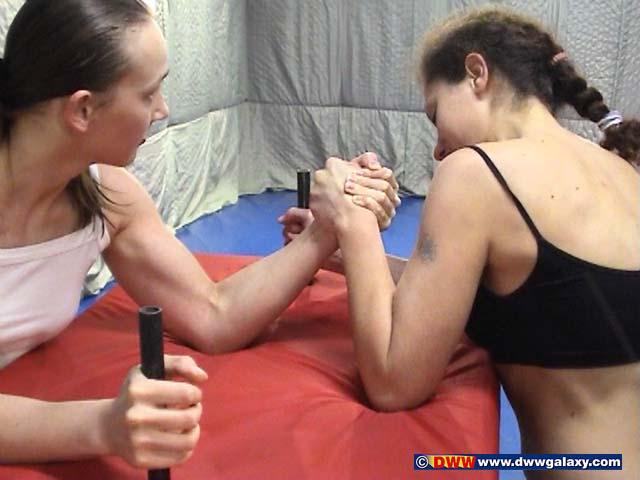
Guess what her favorite drink is? You’ll never guess.
Water.
That surprised me. Her favorite actor is Mel Gibson. No surprise there. The Year of Living Dangerously is one of my top five favorite films of all time. She loves chocolate. Good girl. In moderate doses research indicates dark chocolate is good for your health. Her love of music focuses on the 1970’s. KC and The Sunshine Band, are you listening? Like many athletic European beauties she loves horseback riding. Finally, one more titbit of interest is that she did not engage in mixed wrestling.
Sorry guys.
There is so much to Hajnal’s name so as is our custom, it’s time to travel and learn.
A great name origin educator is sheknows.com which explains that Hajnal’s name means dawn. As always, there is so much more. They share, “People with this name have a deep inner desire for love and companionship, and want to work with others to achieve peace and harmony.
They tend to initiate events, to be leaders rather than followers, with powerful personalities. They tend to be focused on specific goals, experience a wealth of creative new ideas, and have the ability to implement these ideas with efficiency and determination. They tend to be courageous and sometimes aggressive. As unique, creative individuals, they tend to resent authority, and are sometimes stubborn, proud, and impatient.”
Courageous and aggressive certainly describes our Eastern Euro pretty on the Austrian mats.
Now her story comes into closer focus.
Mr. John Adams was the second president of the United States, having earlier served as the first vice president of the United States. Most of us have heard of the expression, “The more I live, the less I know.” That thought was based upon a fuller expression by President Adams.
He was quoted as saying, “The longer I live, the more I read, the more patiently I think, and the more anxiously I inquire, the less I seem to know…Do justly. Love mercy. Walk humbly. This is enough.”
Women’s wrestling truly is a fascinating global sport which can educate if you are willing to travel with your eyes and mind open. This writer can’t say enough about how researching our beautiful Fem Competitors has taken me to regions I knew very little about and enlightened me on subject matter I knew absolutely nothing about.
It can be a place of blunt and extreme eroticism or one of great enlightenment. It depends upon what the traveler or explorer is looking for.
Have you ever heard of the Hajnal Line?
Before researching Hajnal I sure haven’t. It’s very significant in understanding much of the difference in Western and Eastern European family values and structure.
What is the Hajnal Line?
In 1965, John Hajnal discovered that a culturally significant line could be drawn from St. Petersburg to Trieste. On the western side of the line, people often married late, and sometimes not at all; east of the line, women who remained unmarried for life were rare. The line can be seen almost as an ellipse, with Ireland, southern Spain, southern Italy, and much of Finland showing the same pattern as Eastern Europe. This was more similar to non-European norms; Hajnal found that the late-marriage tendency of the core of Europe appeared to be unique to the region for centuries. Later research has found several important demographic differences which seem to be associated with the Hajnal line.
Great educators princeton.edu shares, “Does the Hajnal Line Persist in 21st Century Europe? Conceived in 1965, the “Hajnal line” has been one of the most theoretically important and commonly cited concepts in European family demography. Running diagonally through Europe from St. Petersburg to Trieste, the imaginary line illustrates the centuries old geographic division in European marriage patterns. Hajnal observed that until the 1940s, late and non-universal marriage had prevailed in Northwestern Europe for centuries while marriage in Southern and Eastern European countries had remained early and near universal (Hajnal 1965).”
It took me a while to get this so let’s look at another reputable source, saying essentially the same thing but in a way that may be easier to understand.
As always, wikipedia.org has a way of simplifying things. “The Western European marriage pattern is a family and demographic pattern that is marked by comparatively late marriage (in the middle twenties), especially for women, with a generally small age difference between the spouses, a significant proportion of women who remain unmarried, and the establishment of a neolocal household after the couple has married.
In 1965, John Hajnal discovered that Europe is divided into two areas characterized by a different patterns of nuptiality. To the west of the line, marriage rates and thus fertility were comparatively low and a significant minority of women married late or remained single and most families were nuclear; to the east of the line and in the Mediterranean and select pockets of Northwestern Europe, early marriage and extended family homes were the norm and high fertility was countered by high mortality.”
This entire concept is new to me. The more I know, the older I get, clearly the less that I know.
It was great to revisit Hajnal’s strong DWW accomplishments and memory. She was a fierce brunette beauty with strong legs, a toned body and tightly honed skills. There was so much to enjoy about a Hajnal match which was often intense and emotional.
Our young beauty also taught us a valuable life lesson. The older we get, the less we know so humbly be persistent in seeking knowledge.
~ ~ ~
Some may find other women’s wrestling sites erotic in nature. If you are offended by depictions of women wrestling in erotic situations, please exercise caution in visiting women’s wrestling sites.
Femcompetitor.com subscribes to fciwomenswrestling.com news source, no affiliation.
Sources: brainyquote.com, Wikipedia, fciwomenswrestling.com, fciwomenswrestling2.com, FCI Elite Competitor, https://femcompetitor.com, photos thank you Wikimedia Commons.
http://www.graaaaaagh.com/2014/06/the-hajnal-line-of-fire.html
http://en.wikipedia.org/wiki/Western_European_marriage_pattern
